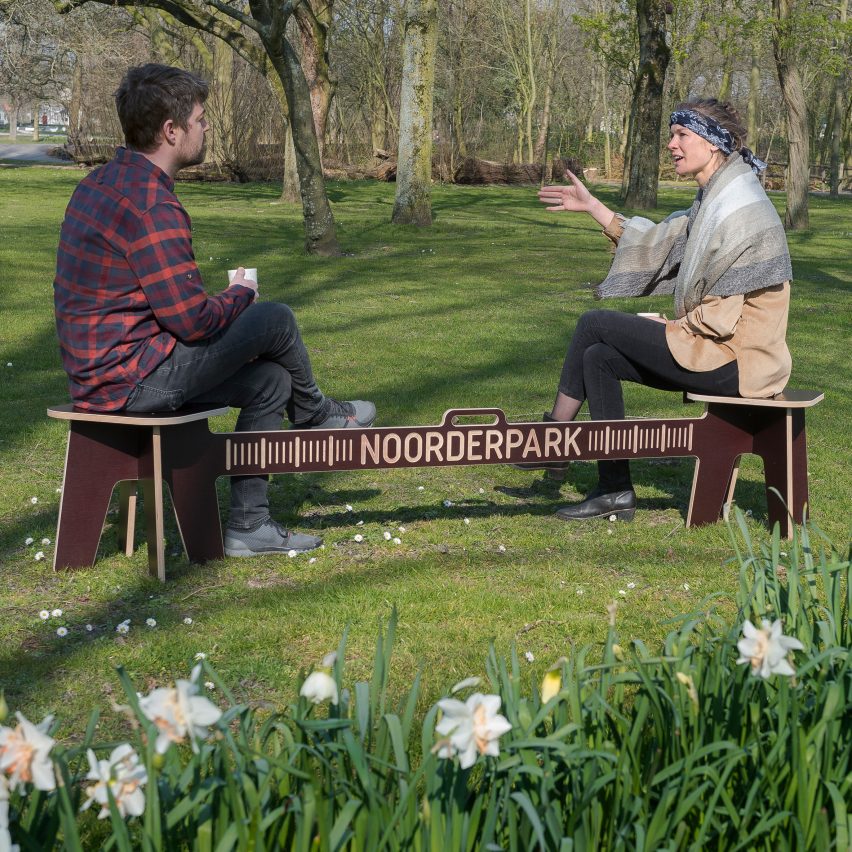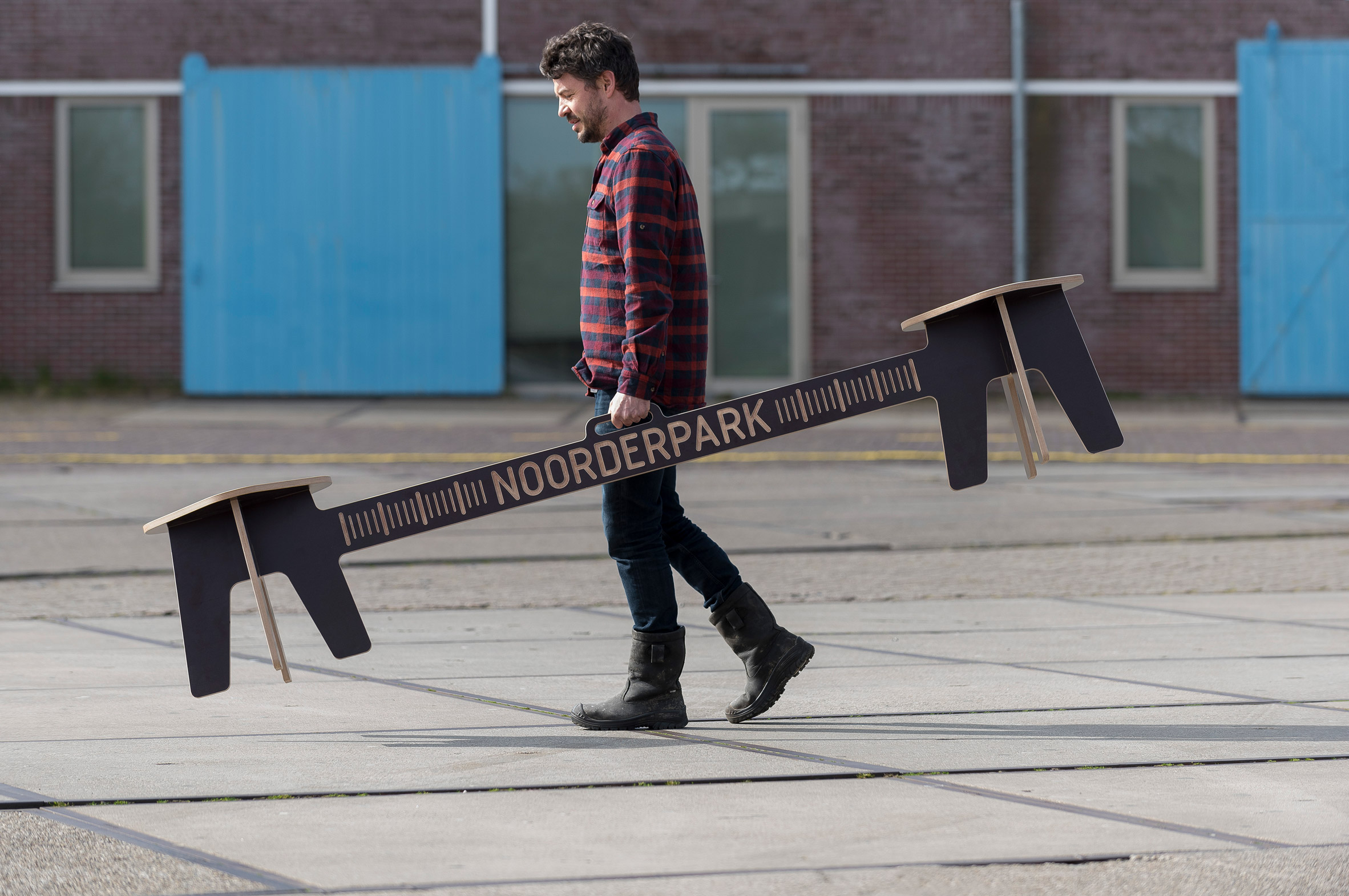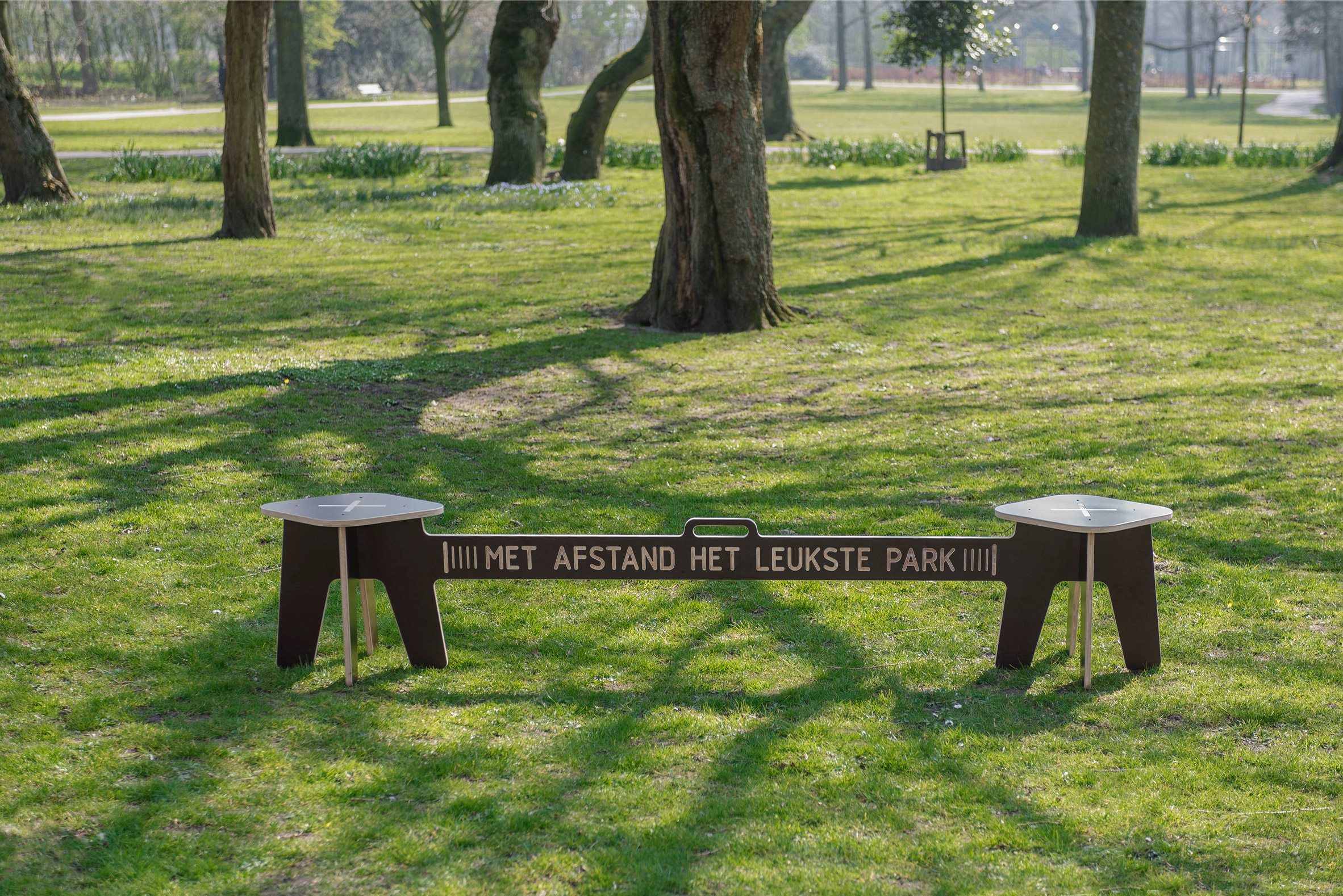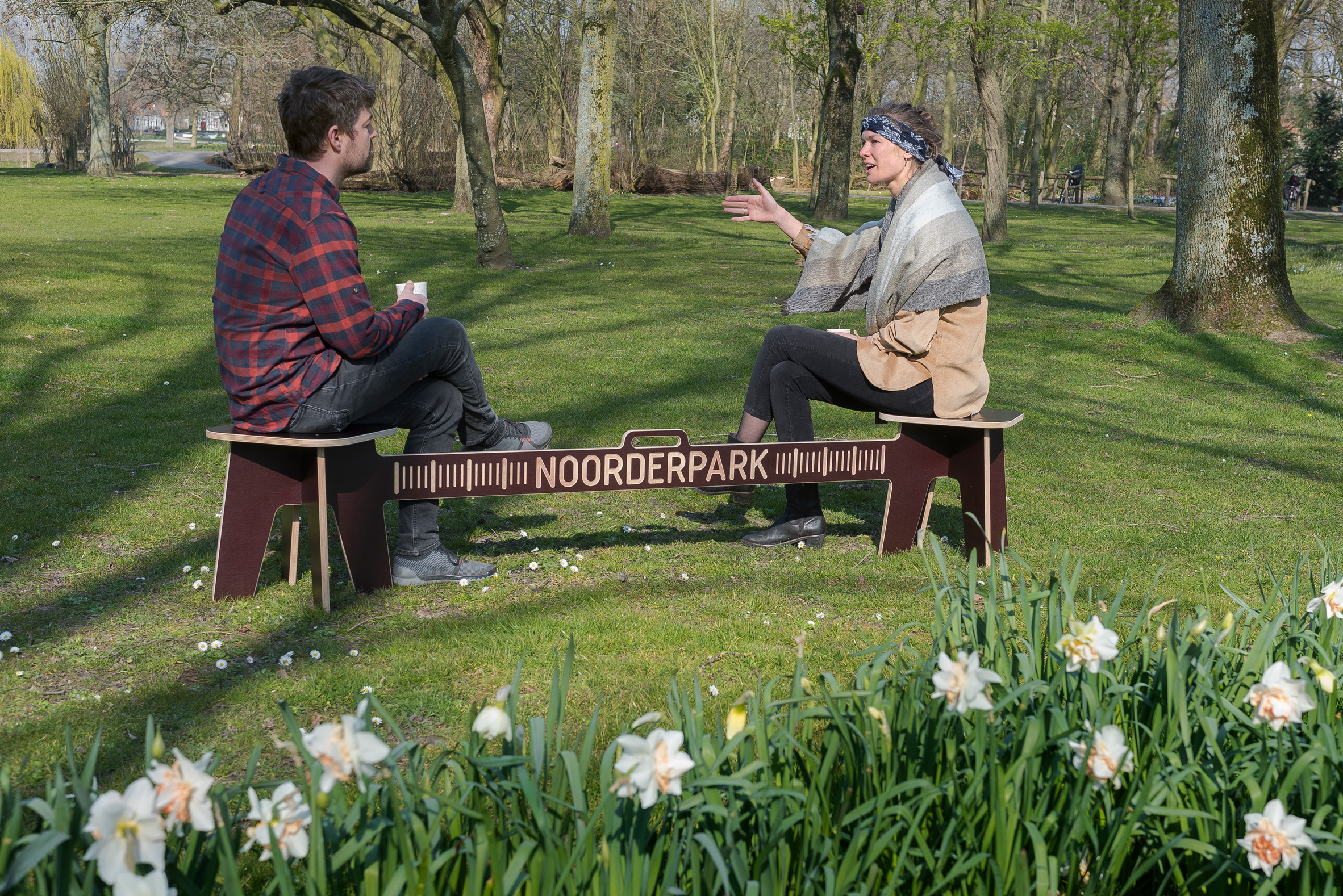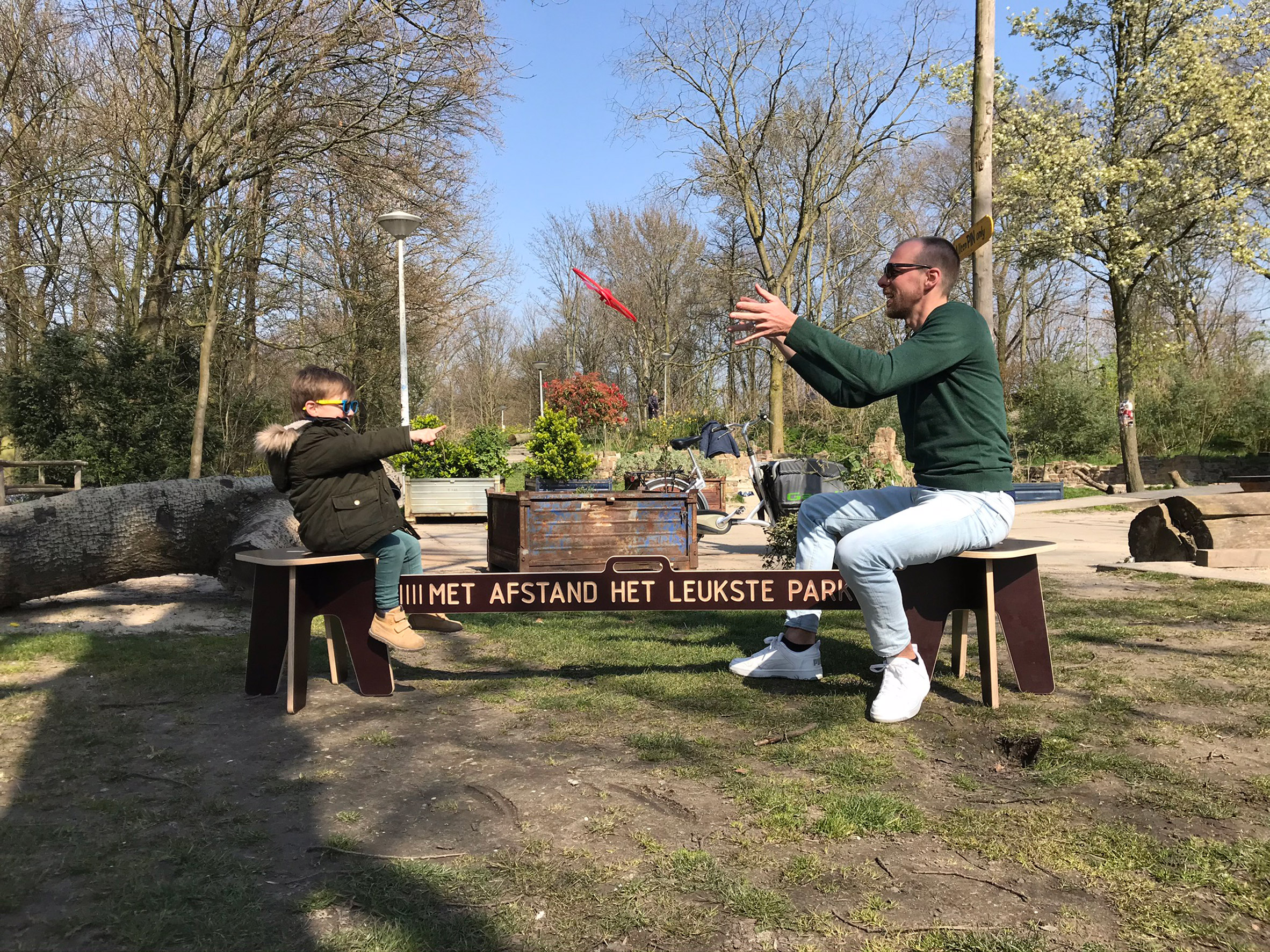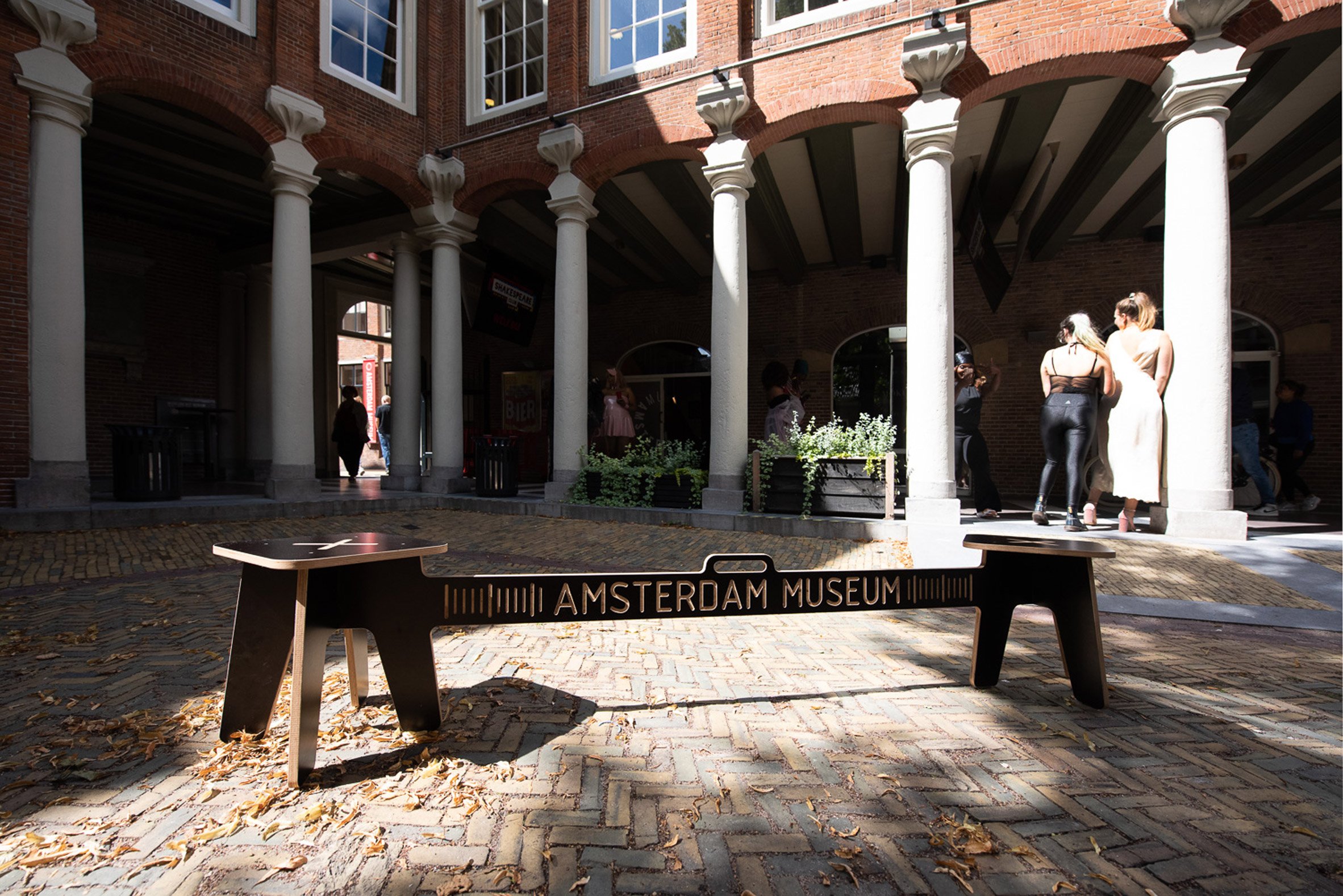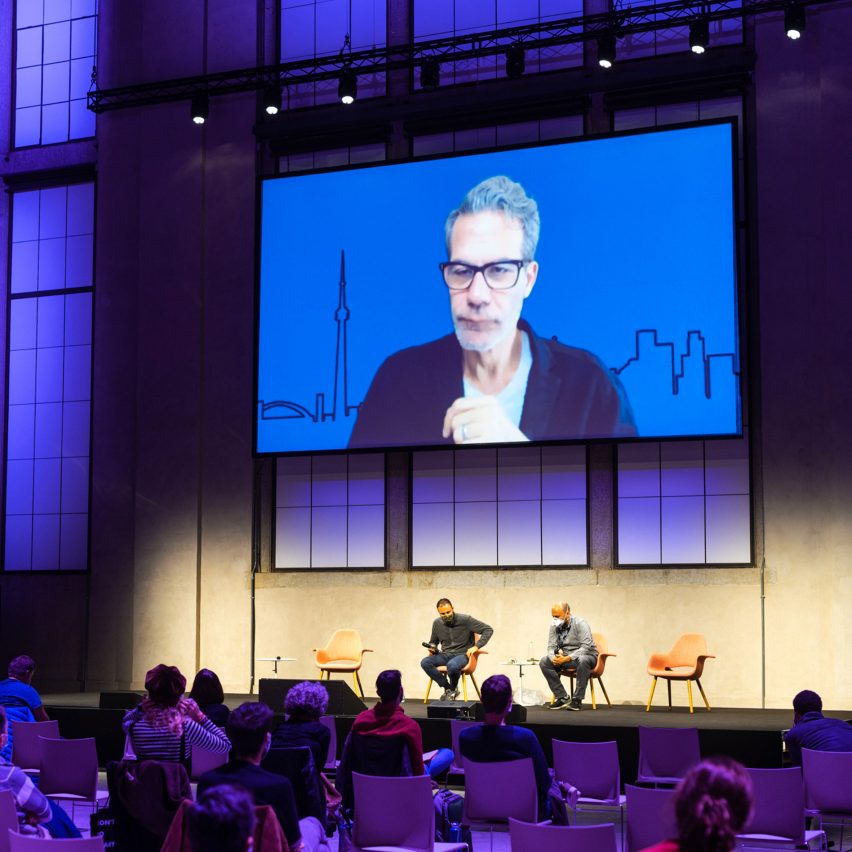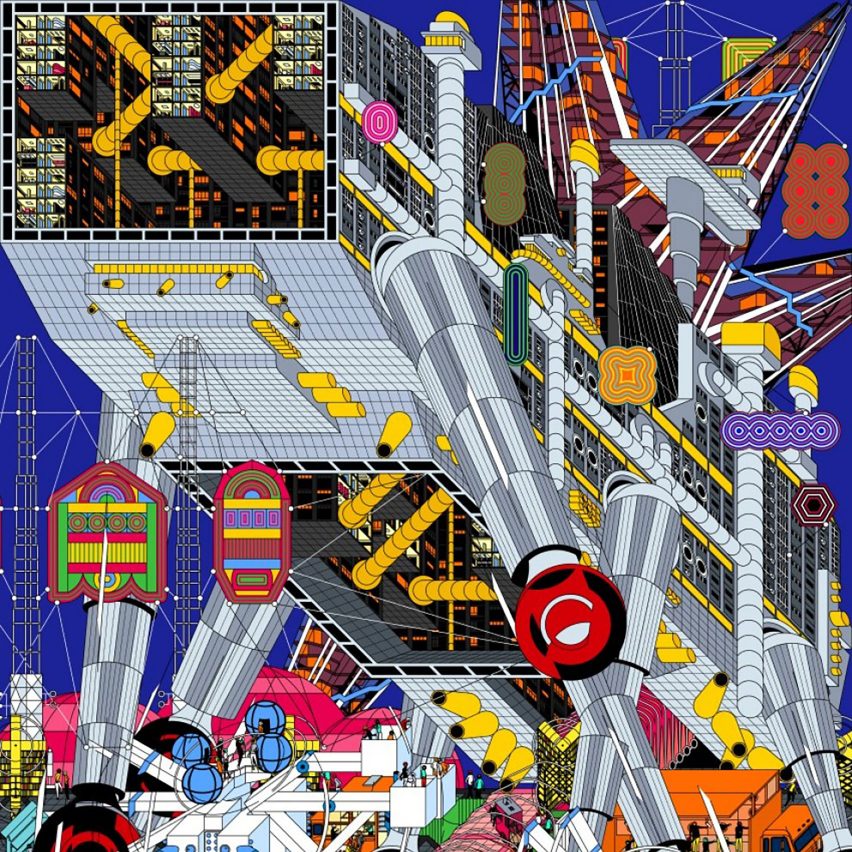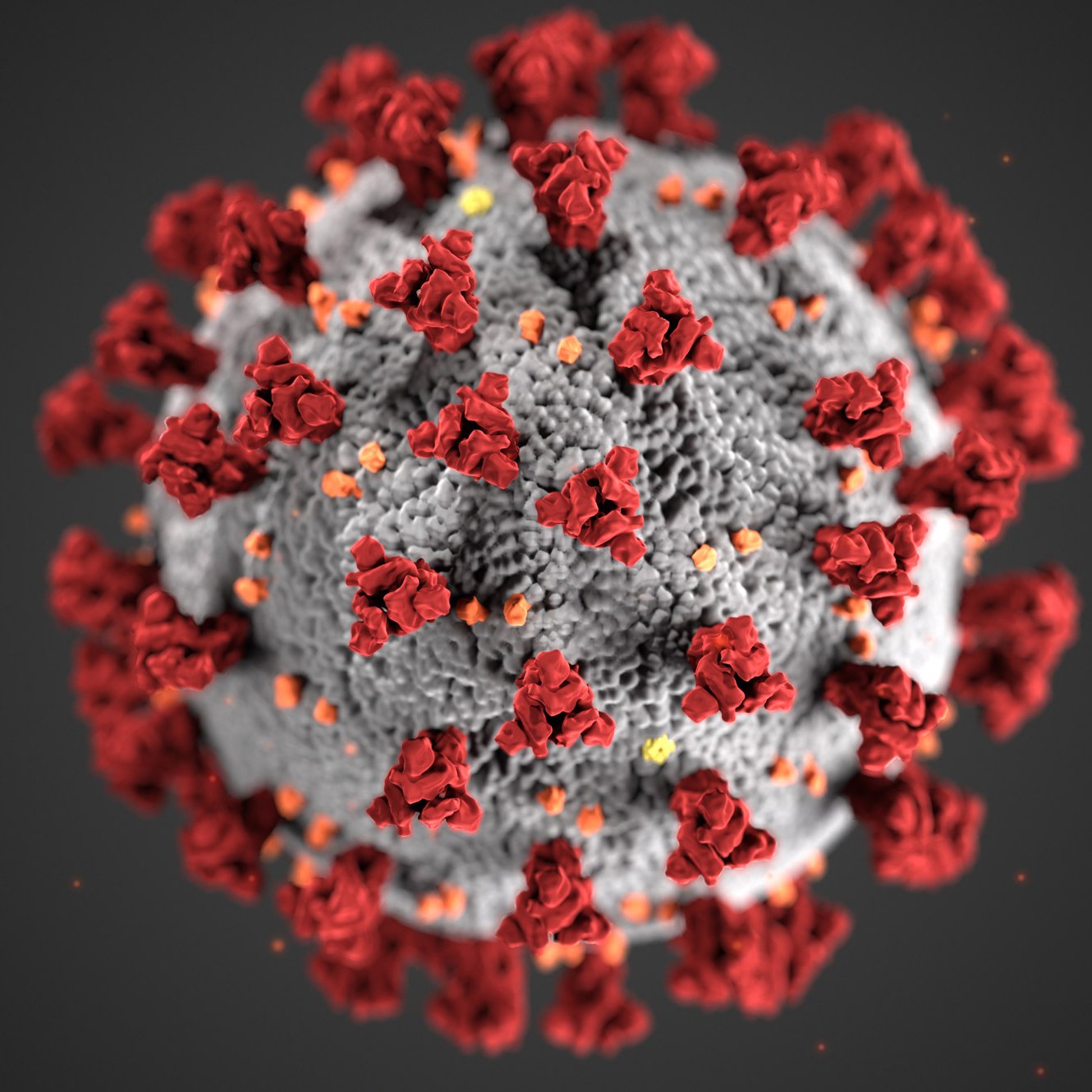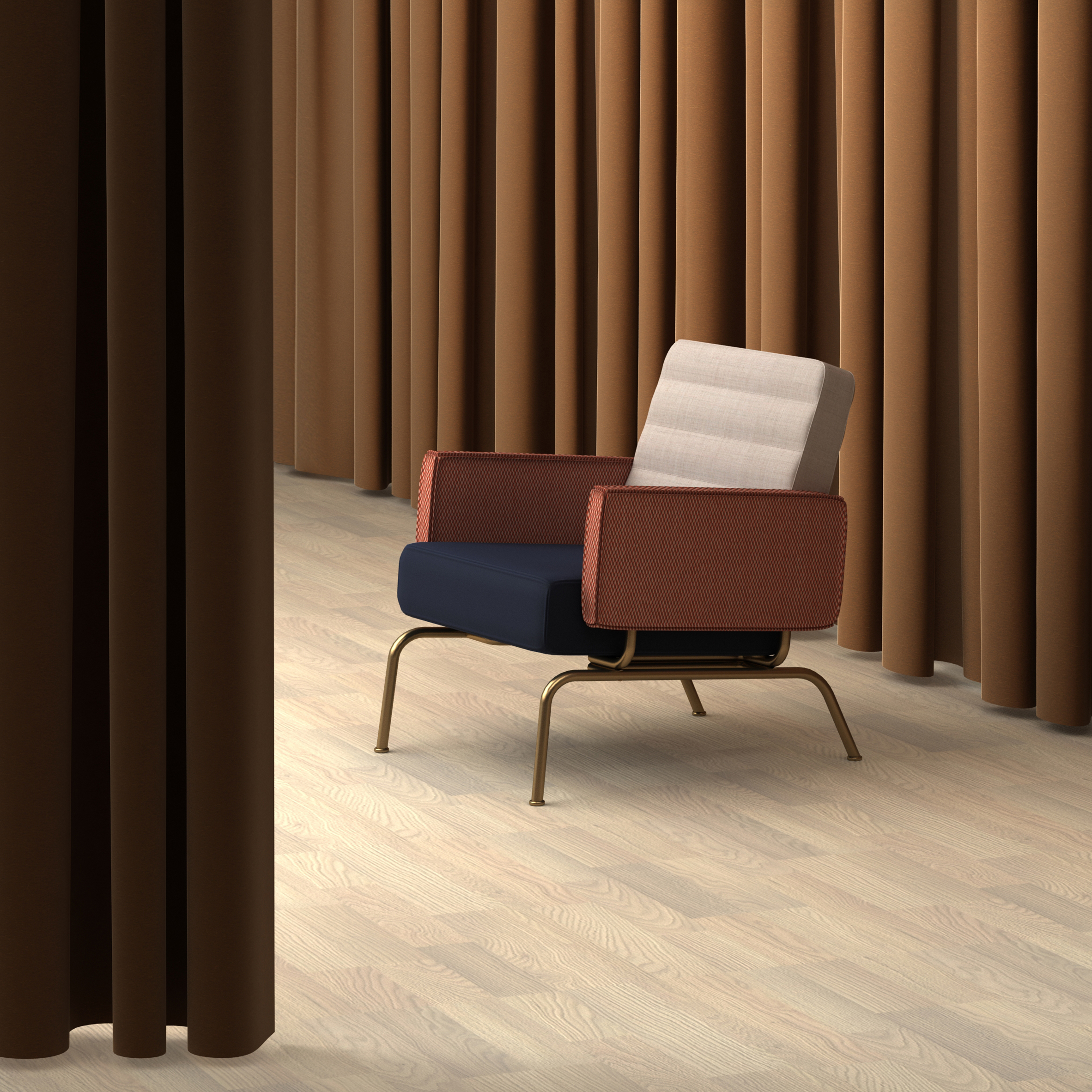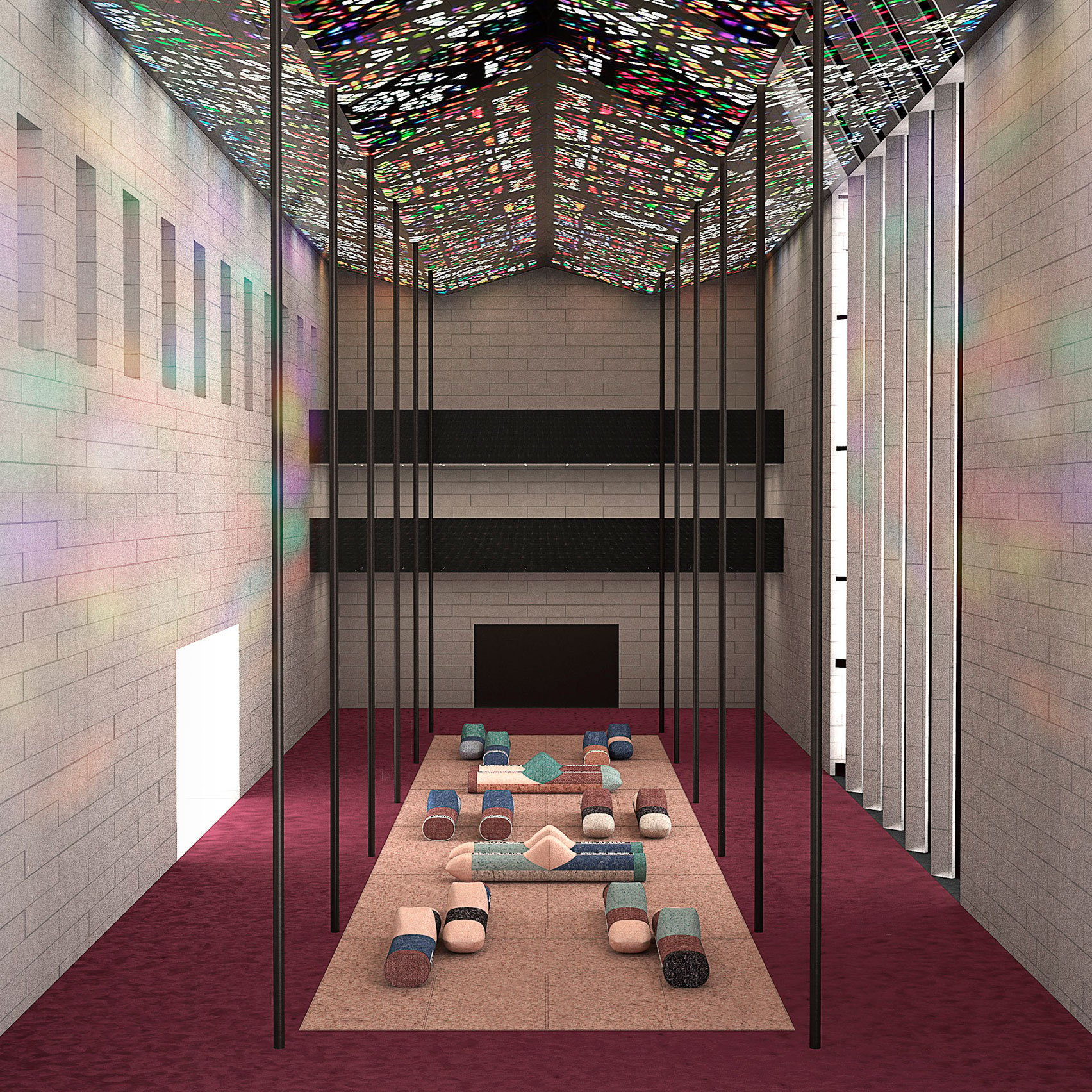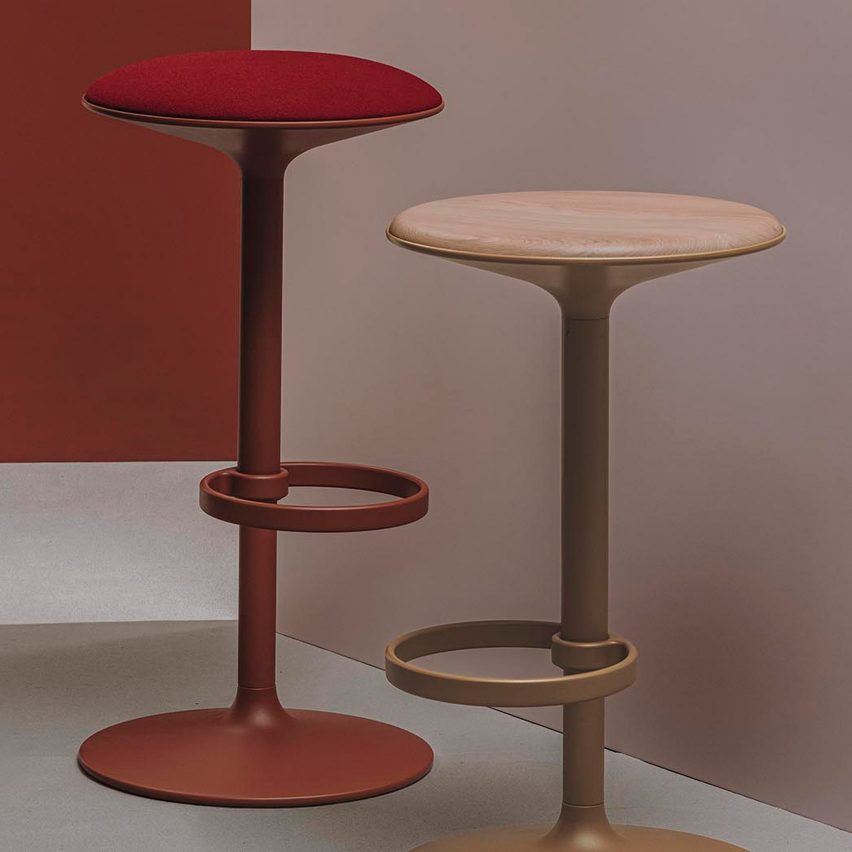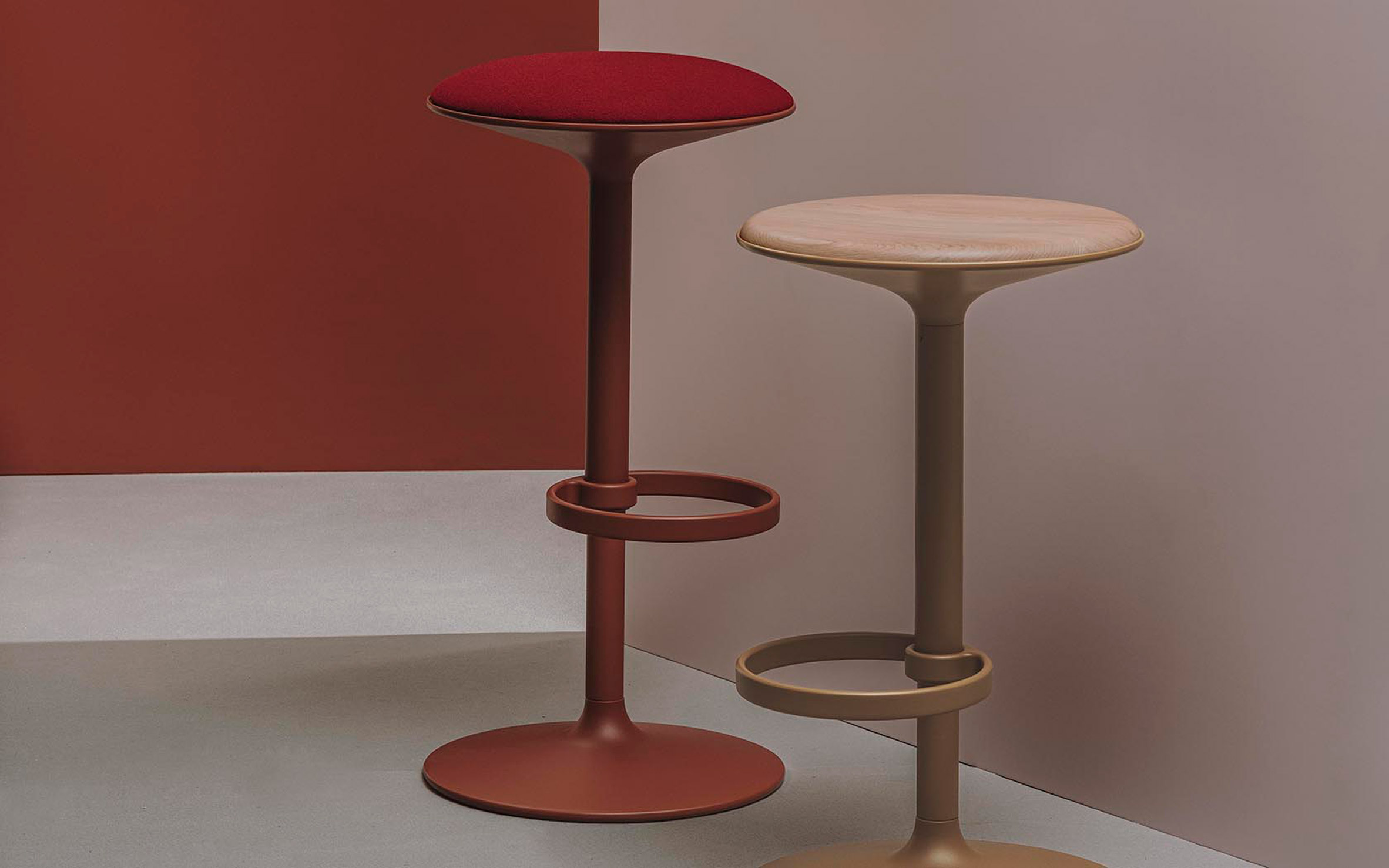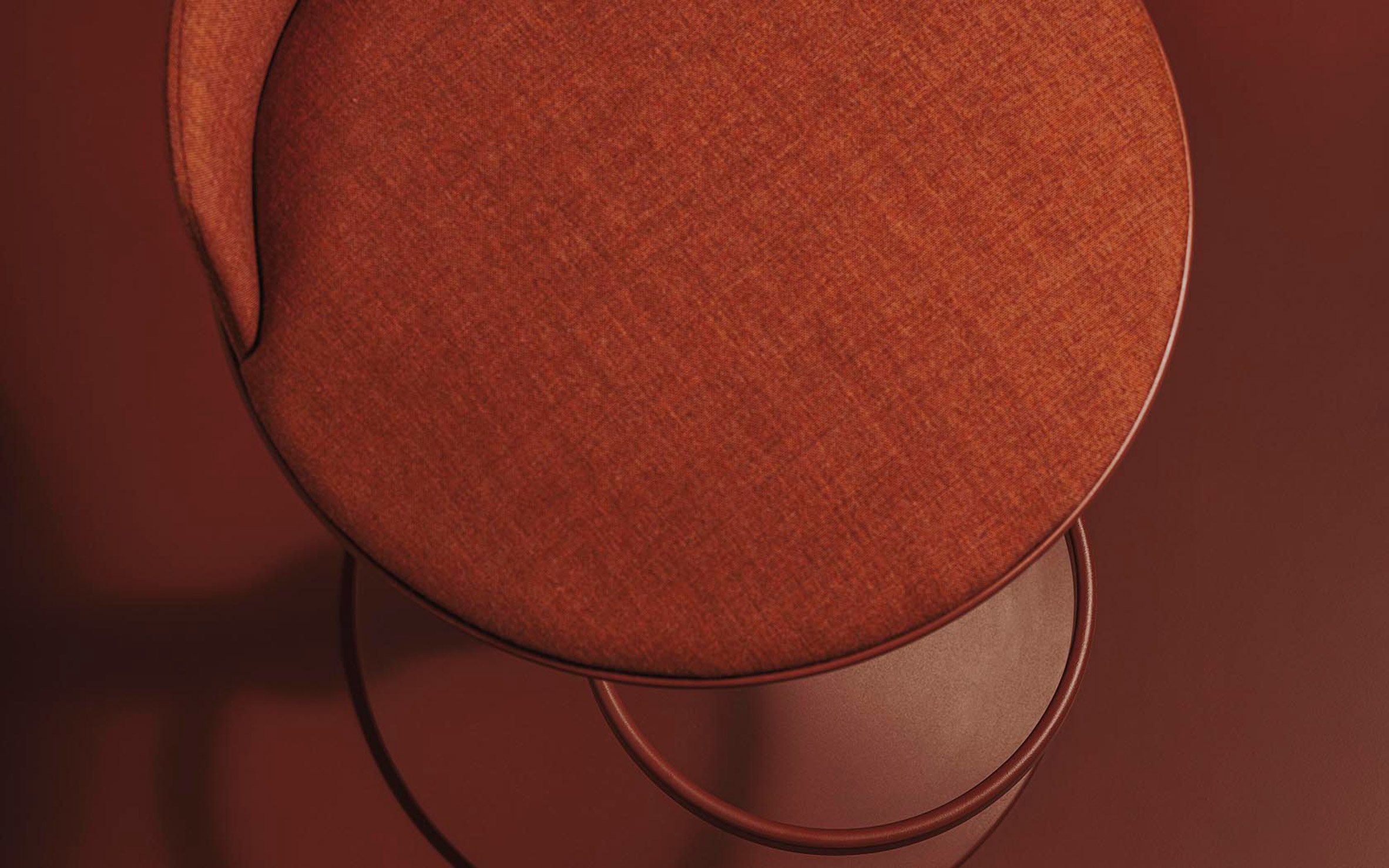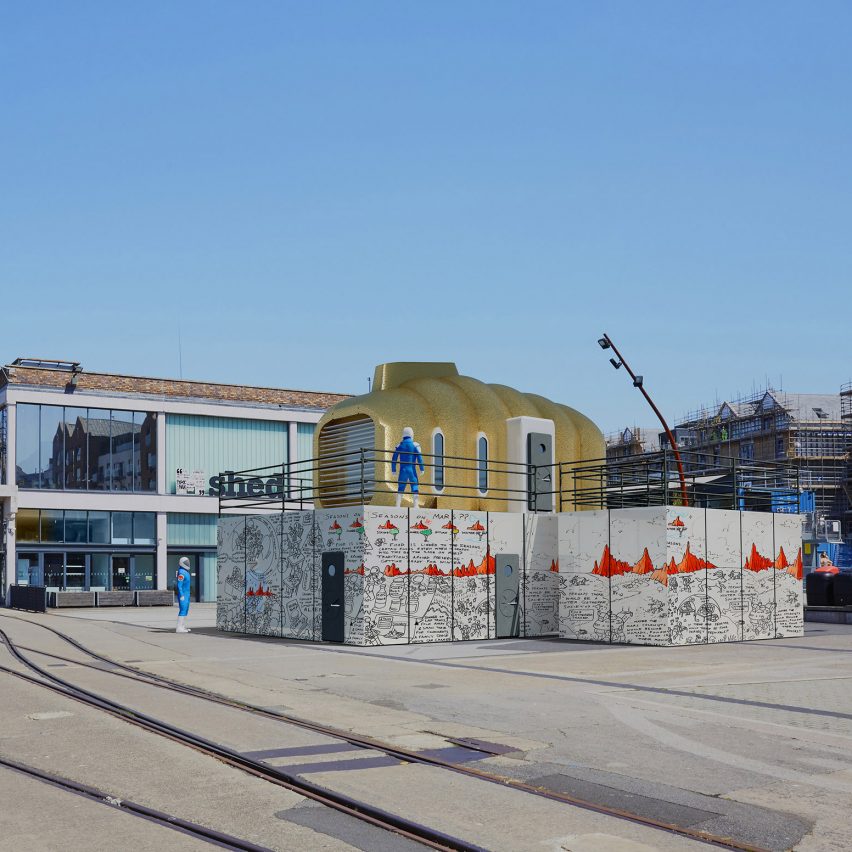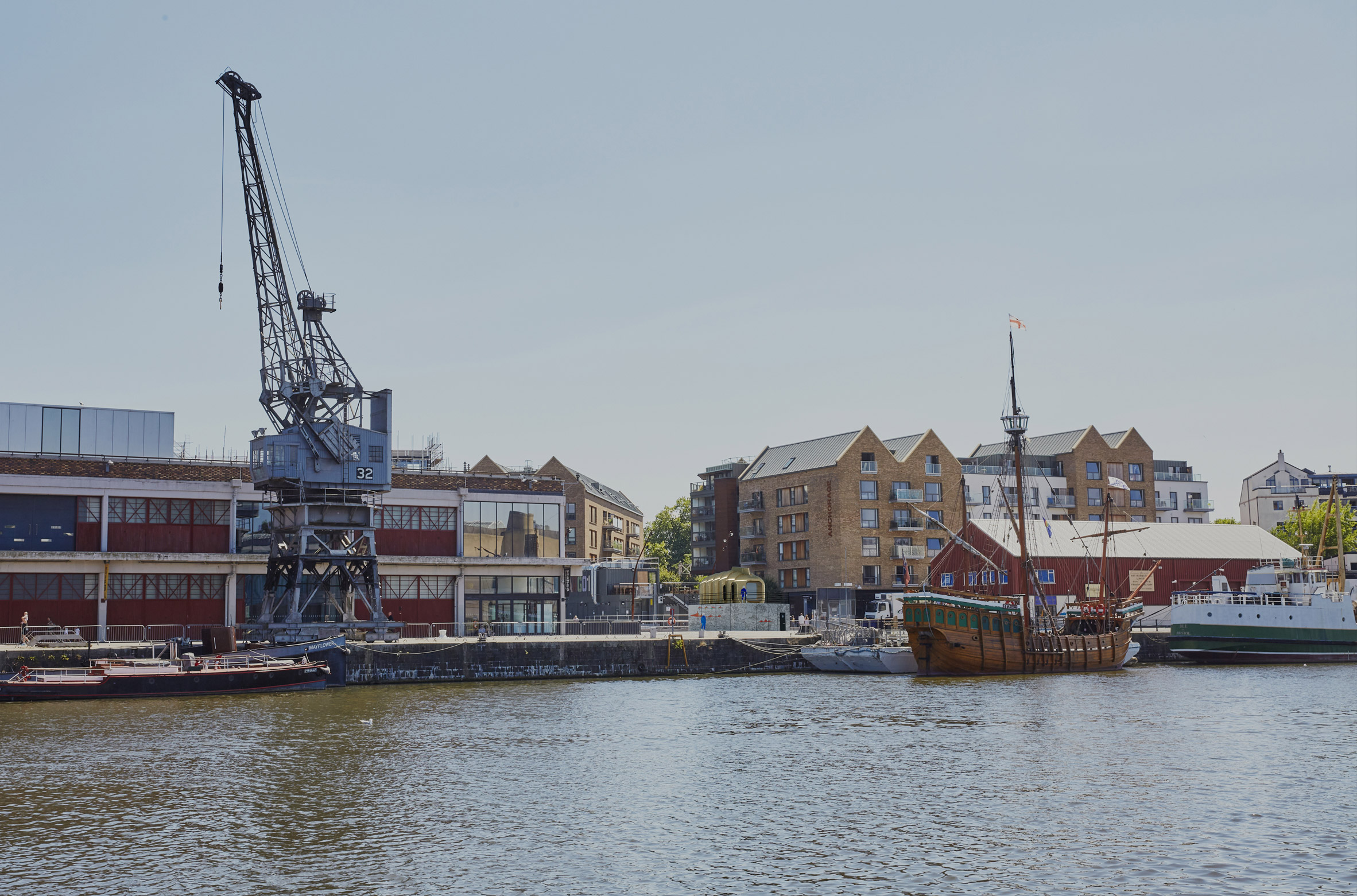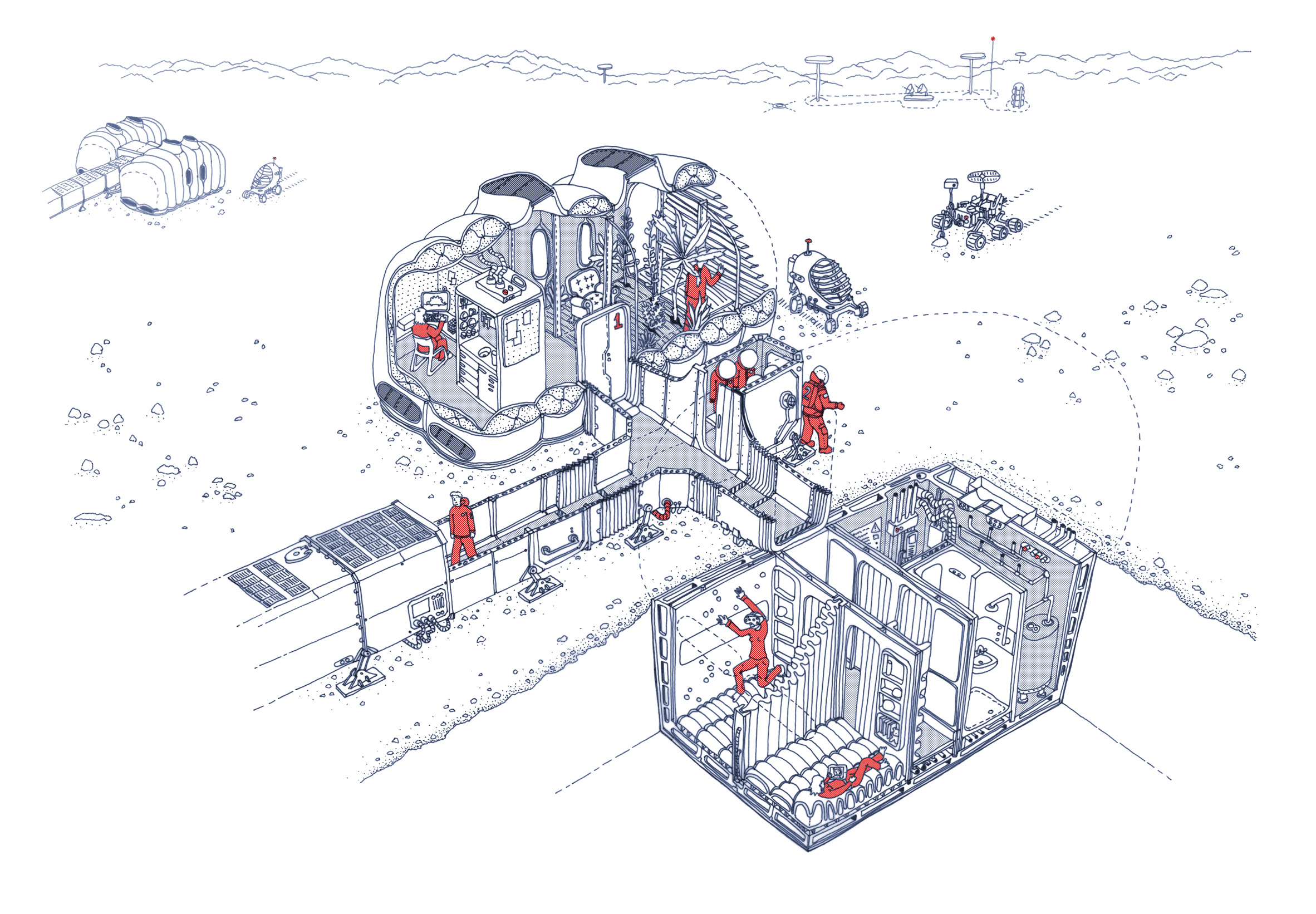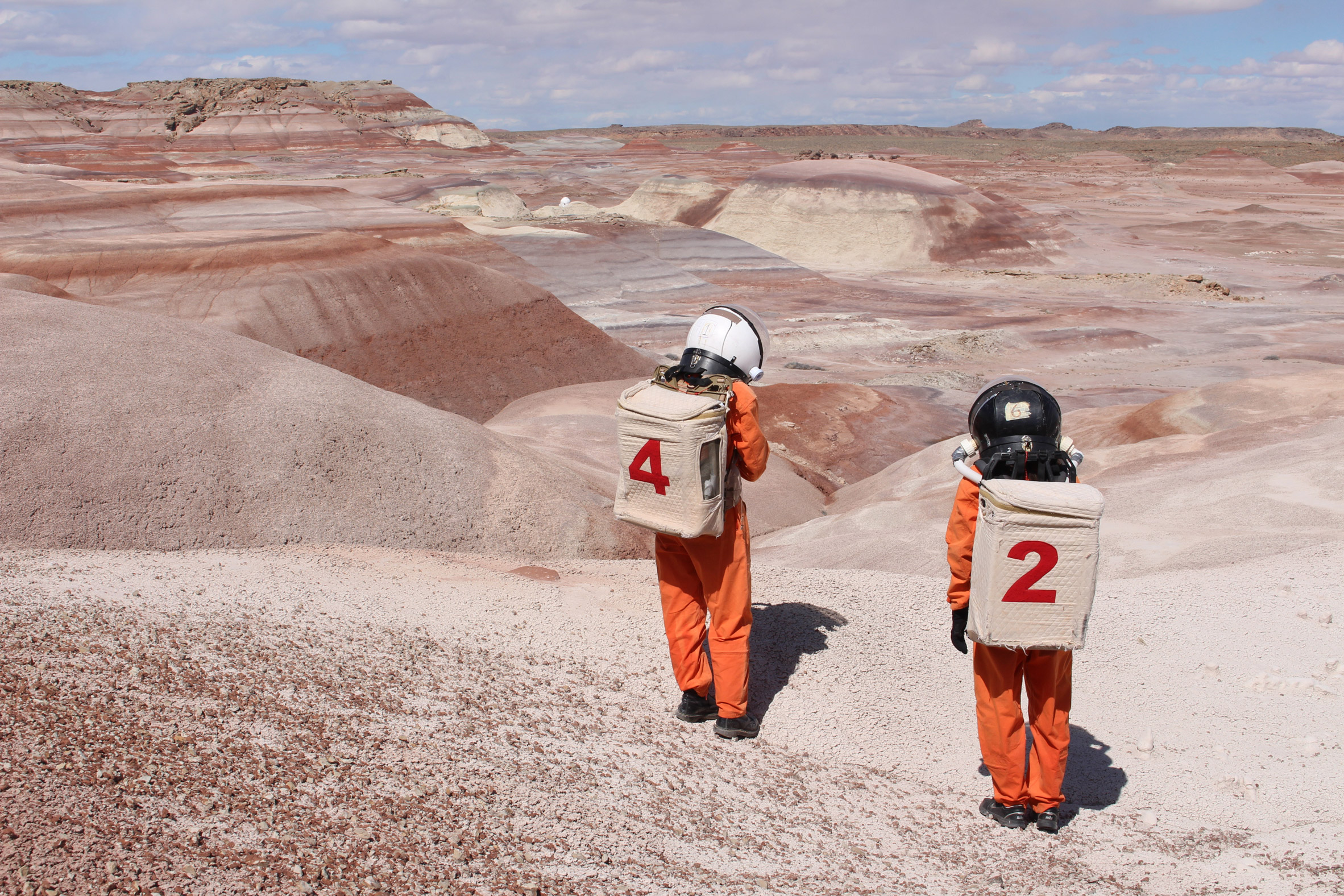Cities will bounce back as young creatives take advantage of lower rents and dense urban areas prove better at mitigating the coronavirus pandemic, according to urban theorist Richard Florida.
The pandemic "may make cities more affordable to artists and creatives" he said, adding that dense neighbourhoods "have been better at mitigating and combating the crisis" when compared to suburbs or the countryside.
Florida said that the collapse in demand for offices and retail premises in urban centres could help creative people, who are needed to create vibrant cities in the first place.
While some families and older people may leave city centres for the suburbs or the countryside in the wake of the pandemic, their departure will create opportunities for younger people, he said.
"The gloom and doom prognostications are overblown," said the American author and academic in a remote lecture delivered to the Utopian Hours conference in Turin, Italy, last month.
"Cities will survive," he said.
"Young people have to go" to cities
Florida said that while some families and older people may leave city centres for the suburbs or the countryside in the wake of the pandemic, their departure will create opportunities for younger people.
"What we see throughout history, and what we're seeing now, is that cities are the kind of place that young people have to go," he said.
"And I think that's what we're going to find: that young people, artistic creatives, have a mass migration back to cities."
He added: "If you're a young person, and you want to establish your career, you want to meet other young people, you don't want to sit in your parents' basement forever."
The pandemic has disproportionately impacted the creative industries, with Florida estimating that "over half of all artists, performers and musicians are unemployed".
"But artists and creatives have been critical to revitalizing cities, especially in the past century," he said. "And they will be so in the current crisis."
Florida delivered the remote lecture from his home in Toronto to the annual Utopian Hours conference, which explores cities and urbanism.
The urbanist said that previous pandemics have "not dented the long arc of urbanization," describing the long-term trend towards increased city living as "a far greater force in our world than infectious disease".
His words echoed those of architect Norman Foster, who last month argued in a speech that previous pandemics have led to improvements in urban life.
"Is Covid-19 going to change our cities?" asked the founder of London-studio Foster + Partners. "I suggest that it might seem so now, but in the wider arc of history, the answer is no."
Reduced demand for office space will "driving down rents"
However, Florida said that Covid-19 will lead to changes in the way cities are configured, with fewer people travelling to offices and retail hubs in urban centres.
"The biggest impact on cities is going to be reduced demand for office work in the central city," he said. "That's going to create a real opportunity for driving down rents and converting commercial areas to residential, and there'll be less demand for retail."
"And our cities will need artists and creatives to help rebuild, especially as there's less demand for offices via remote work and less demand for retail spaces because of online shopping."
The rise of remote working will make cities more, not less, important, he argued, since people working from home will become more reliant on their immediate neighbourhoods for everything from childcare to getting a haircut to socialising.
These are all "easier to organize in a city or in a community in which there's some density," he argued.
"Where you live becomes more important than ever before, not less, because you can't get on a plane, you don't go to the office, you're kind of stuck in your neighbourhood."
"No evidence" density is to blame
Early on in the pandemic, large cities such as London and New York were hit hard, leading to fears that urban density helped the spread of the virus. This in turn led to predictions that dense cities would suffer as economically mobile people fled to lower- density areas.
But Florida said that these cities were hit first due to being globally connected via tourism and business travel, rather than because of their density. "There is no evidence, none, that density is to blame for the Covid crisis," he said.
"Denser places if anything, these studies show, have been better at mitigating and combating the crisis through social distancing and providing effective health care."
However, responding to an audience question at after his talk, Florida clarified this point, saying that while population density does not cause greater infection, overcrowding in slums and disadvantaged areas can greatly increase risk of transmission.
"We find a much closer relationship between Covid-19 cases, hospitalizations and deaths, even in the advanced world, in overcrowded, less advantaged communities," he said. "It's not people per square mile, or per square kilometre, but people per square foot."
"We are going through a great urban reset"
Florida is best known for his 2002 book, The Rise of the Creative Class, which argued that the most economically productive cities are those that attract creative people, who seek out tolerance, diversity and a wide range of cultural activities.
However, his 2017 book, The New Urban Crisis, argued that the runaway success of some cities has created unprecedented inequality and helped cause the rise of populism and nationalism in areas that have been left behind.
Now, Covid-19 has combined with the new urban crisis and the recent protests against racial inequality to "provide a once in a lifetime opportunity to address the long history of economic injustice and racial division to reset and rebuild our communities, not just our big cities, our big cities and small cities, our suburbs and rural areas in ways that are better."
"We are going through a great urban reset," he declared. "I would argue this is the greatest urban reset in a century. It is our opportunity. No, it's our obligation together to do this."
Utopian Hours 2020 was held in Turin, Italy from 23-25 October, with Dezeen as media partner. For details of more architecture and design conferences, visit Dezeen Events Guide.
The post "No evidence" that urban density helps spread of coronavirus says Richard Florida appeared first on Dezeen.
from Dezeen https://ift.tt/3oNejsr
